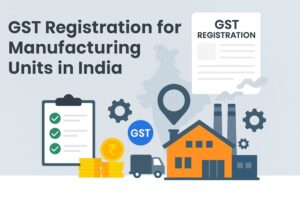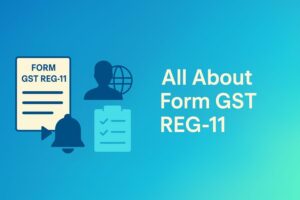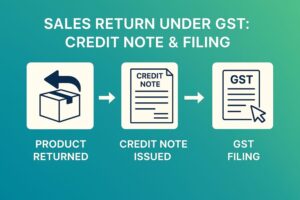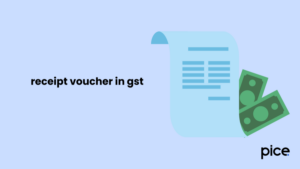Table 8A of GSTR 9: Meaning, Steps to Download & More
- 24 Feb 25
- 7 mins
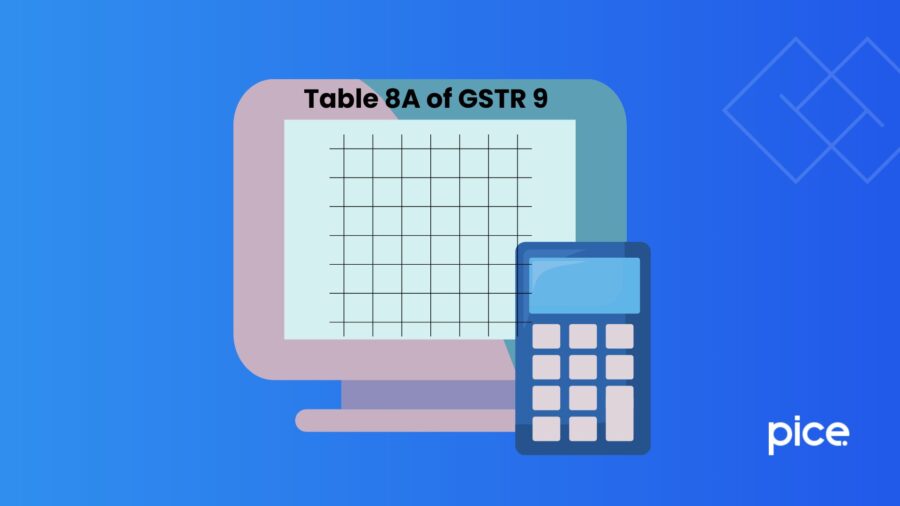
Table 8A of GSTR 9: Meaning, Steps to Download & More
Key Takeaways
- Table 8A auto-populates ITC details from GSTR-2B, 2A, and GSTR-1.
- Accurate data ensures proper ITC claims and reduced tax liability.
- Download from the GST portal aids in reconciling invoice details.
- Mismatches may occur due to filing delays or invoice errors.
- ITC is not applicable during periods under the Composition Scheme.
Table 8A of the GSTR-9 annual return highlights details pertaining to input tax credits from supplier purchases. As a result, taxpayers can use this table to claim ITC (Input Tax Credit) during a financial year. This effectively reduces the tax liability of suppliers, ensuring a smooth cash flow for the concerned business.
Ensure you file details of input tax credit accurately to reduce your tax liability appropriately. Learn how to download this form and the reasons behind the mismatch in Table 8A and GSTR-2A to make informed decisions.
What Is Table 8A in GSTR-9?
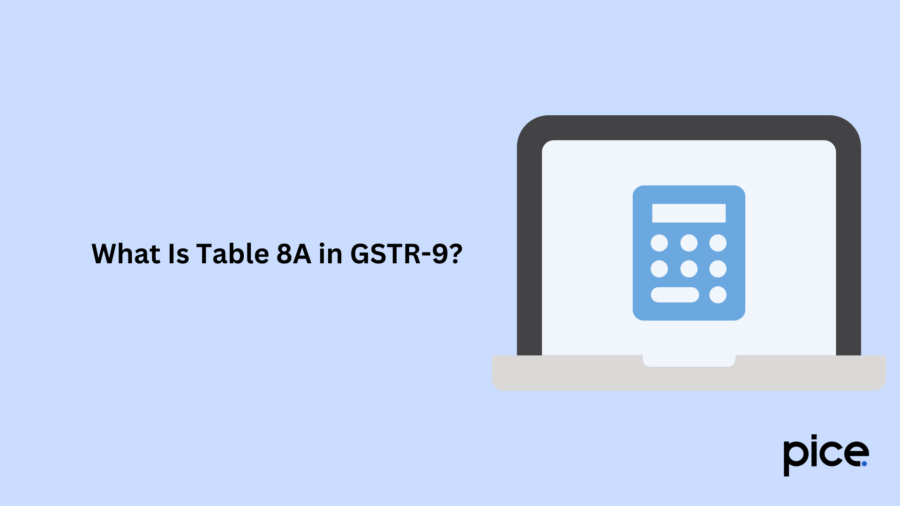
Table 8A in Form GSTR-9 return includes total input tax credit (ITC) from inward supplies during a financial year. Inward supplies include purchases such as services received from SEZs (Special Economic Zone) and supplies from e-commerce operators. However, it does not include imports and inward supplies liable under the Reverse Charge Mechanism.
Steps to Download Table 8A Details
Based on Table 3(I) of GSTR-2B, the ITC details are auto-populated in Table 8A. As a result, you cannot edit the details manually. The auto-populated data is extracted from monthly returns that business entities and suppliers file in Form GSTR-1, amendments in GSTR-1A return and input tax credits that non-resident suppliers distribute in Form GSTR-5.
You can download the breakdown of Table 8A data from the official GST portal in an Excel spreadsheet. Here are the steps to download the break-up from the unified portal:
Step 1: As a taxpayer, log in to your account on the GST portal using valid credentials.
Step 2: Go to ‘Form GSTR-9 (Prepare Online)’.
Step 3: Click on ‘Download Table 8A Document Details’.
Step 4: Download the ZIP folder, unzip it and extract the necessary file.
Step 5: If there is a huge volume of data, you will find different hyperlinks against each button on the display.
Step 6: You can view and reconcile the details using your purchase records and purchase register.
The extracted details include documents like B2B, B2BA, CDNR and CDNRA which reflect the following information:
● The reported period for the document from GSTR-2B/2A.
● It includes the date on which the supplier filed and uploaded it in the supplier's Form GSTR-1/1A return.
● In case Table 8A does not include the invoice-wise details, then the reason for exclusion is mentioned.
● If you purchase through an e-commerce operator, then you will find the e-commerce operator’s GSTIN.
● The document further mentions the invoice types such as 'R' for regular supplies, 'SEZWOP' for SEZ supplies without payment of tax, 'SEZWP' for SEZ supplies with tax payment and others.
Significance of Reconciliation of Data in Table 8A While Filing GSTR-9
Here is the importance of reconciling Table 8A data while filing GSTR-9 returns:
● Accurate reporting helps taxpayers claim appropriate ITC. As a result, it is crucial to avoid incorrect reporting while filing taxes. Notably, as you cannot edit the data, it is essential to report accurate amounts for correct ITC claims.
● Document-wise breakdown of details helps taxpayers optimise ITC in accordance with invoices.
● Taxpayers can reduce their tax liability with ITC claims as a complete supply chain solution.
● Auditors of businesses can report mismatches (if any) while preparing the annual reconciliation statement in GSTR-9C.
● In case the amount reported in fields in Table 8A is less than the ITC that you reported in Form GSTR-2B or accounts books, then your tax liability will increase without any of your faults.
Reasons for the Mismatch of Data in Table 8A and Form GSTR-2B
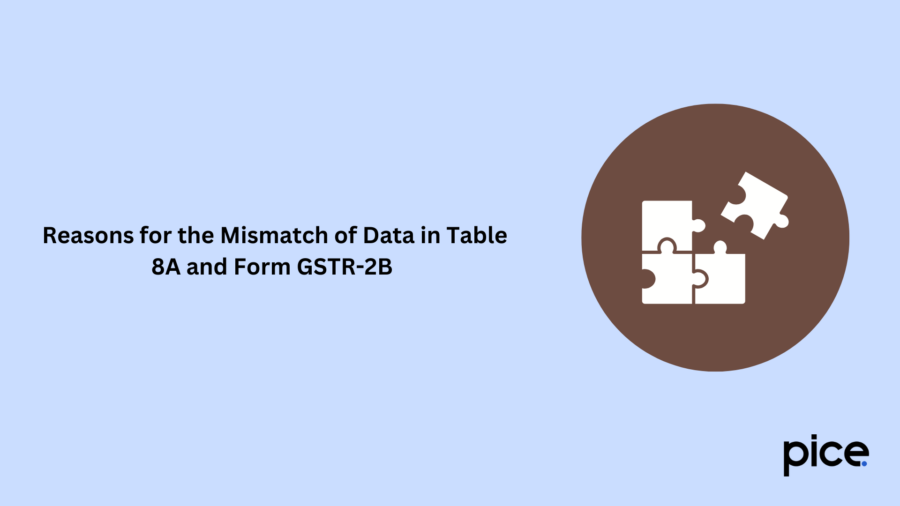
Here are the reasons for the mismatch of values in Table 8A and Form GSTR-2B:
● If the supplier saves or submits invoices in the supplier's Form GSTR-1 but does not file it, GSTR-2B will show ‘Not Yet Filed’ as the invoice status
● In case the supplier files GSTR-1 after the cut-off date which is the date after which Table 8A data are not considered for calculation
● If the supplier files the invoice in GSTR-1 but reports it incorrectly as liable in the reverse charge mechanism
● In case a supplier amends the recipient's GSTIN mistakenly, then input tax credit will apply to the amended GSTIN.
● GSTR-2B will display data if the place of supply for the supplier is within the same state (not the recipient); however, Table 8A will not include ITC.
● Table 8A will not consider ITC for purchase invoices for the period when the supplier was under the Composition Scheme of tax. As a result, specific invoice date format criteria do not apply to this case.
● For the financial year 2023-24 GSTR-9 return filing, Table 8A might reflect mismatches due to differences in Form GSTR-2B and Form GSTR-2A.
In addition to the above-mentioned reasons, there can be a mismatch in GSTR-2B and actual ITC recorded in the books of accounts of the taxpayer for the following reasons:
● The difference in invoice number between data reported in GSTR-2B and actual invoices
● Mismatch in the date format of invoices
● If invoices are reported/filed and issued in different months, there can be a mismatch in the return period
● If the same vendor raises invoices to an inaccurate GSTIN
Conclusion
Table 8A of GSTR-9 is an auto-populated form that reflects ITC details. Taxpayers need to essentially file accurate details for correct input tax credit claims. Accurate input tax credit claims can reduce the tax burden of taxpayers, ensuring adequate cash flow for business furtherance.
However, there can be several reasons for the mismatch in Table 8A of Form GSTR-9 and GSTR-2B. Ensure you are aware of the reasons to avoid them and comply with tax norms in India. It further ensures legal compliance for suppliers engaged in inward supplies to claim input tax credits.
As Table 8A cannot be edited manually, ensure you file the details of invoices with accuracy. Notably, ITC claims apply to regular taxpayers. As a result, if you have been under the Composition Scheme for a specific period, ITC claims will not apply to inward supplies. Accurate details incorporation ensures timely vendor payments, vendor delight, and effective vendor management in the connected finance ecosystem.
💡If you want to streamline your payment and make GST payments via credit card, consider using the PICE App. Explore the PICE App today and take your business to new heights.
 By
By 





